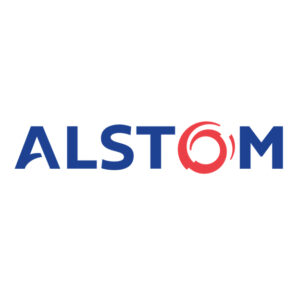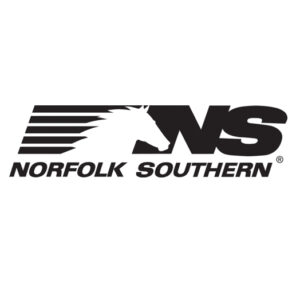 KANONA, N.Y. — Alstom and Norfolk Southern are collaborating on a project that converts two locomotives from traditional diesel engines into battery-powered hybrid locomotives that rely on a smaller Tier 4 diesel engine for battery charging.
KANONA, N.Y. — Alstom and Norfolk Southern are collaborating on a project that converts two locomotives from traditional diesel engines into battery-powered hybrid locomotives that rely on a smaller Tier 4 diesel engine for battery charging.
The project is made possible by a $15.9 million grant from the Federal Railroad Administration’s Consolidated Rail Infrastructure and Safety Improvement (CRISI) program. It was awarded to New York’s Steuben County Industrial Development Agency last month [see “FRA awards $2.4 billion in CRISI grants …,” Trains News Wire, Oct. 29, 2024].
 Alstom will repower two existing 50-year-old Tier 0 diesel locomotives with batteries for primary propulsion. A small Tier 4 diesel engine will be installed and used when needed to charge batteries. A modular design will allow the propulsion systems to be changed out as battery and engine technology advances. The battery-diesel locomotives will be four-axle units.
Alstom will repower two existing 50-year-old Tier 0 diesel locomotives with batteries for primary propulsion. A small Tier 4 diesel engine will be installed and used when needed to charge batteries. A modular design will allow the propulsion systems to be changed out as battery and engine technology advances. The battery-diesel locomotives will be four-axle units.
Norfolk Southern says it is the first U.S. railroad to apply Alstom’s hybrid technology widely used across Europe. Project officials say the rebuilt locomotives will produce 90% fewer emissions while improving pulling capacity by 30% compared to conventional diesel locomotives.
Alstom will build the hybrids at its Kanona facility, near Bath, N.Y., with support from the Steuben County Industrial Development Agency and Binghamton University’s New Energy New York consortium.
“The Steuben County Industrial Development Agency is thrilled to continue our support of Alstom in the development of this new technology with Norfolk Southern. Steuben County has a long history with the rail industry and the [Industrial Development Agency] has supported Alstom in its growth of its manufacturing base in Hornell,” says Jamie Johnson, executive director of the Steuben County Industrial Development Agency.
“This growth has included the implementation of new technologies and next generation transportation systems like the new Acela trains for Amtrak so when we were approached by the company about this partnership to develop new freight engine technology we leaped at the chance,” he says.














Anybody calculated the cost of, say, fully electrifying one BNSF Transcon route might be? All mains, sidings, arrival/departure yard tracks and yard loco maintenance/storage tracks. Plus the cost of sufficient new locos. Who will pay all this?
Translation: two more otherwise useful EMDs will be sacrificed on the altar of alt.energy wishful thinking.
Agreed. These hybrid projects are a waste. Yet I did like GE’s old evolution prototype from 2010, that recaptured DB energy to supplement the existing GEVO250.
North American railroads will do anything they can do avoid putting up wire. Alstom’s hybrid technology works well in Europe where overhead catenary is plentiful. Our remaining electric freight traction is virtually gone.
Fact is that while, yes, initial capital costs are high for installing catenary, in the long term it pays for itself in droves. And as larger swaths of the country are electrified, supply and demand dictates that the infrastructure needed to build such a system would get cheaper.
But when have our modern Class Is been known for thinking about the long term?
Liam, you point is well taken. But you know, putting up wire and using electricity for moving freight will take away power from doing such forward-looking activities as powering AI models and Bitcoin mining. Just ask any Wall St. cokehead…they’ll tell ya.
This isn’t Europe however, and comparisons to Europe are irrelevant.. Plus many who push freight electrification don’t realize that public, and private infrastructure is effected..
Now segregated passenger rail east of the Mississippi, that’s electrified is another story.. Of course we had that they were called Interurbans..